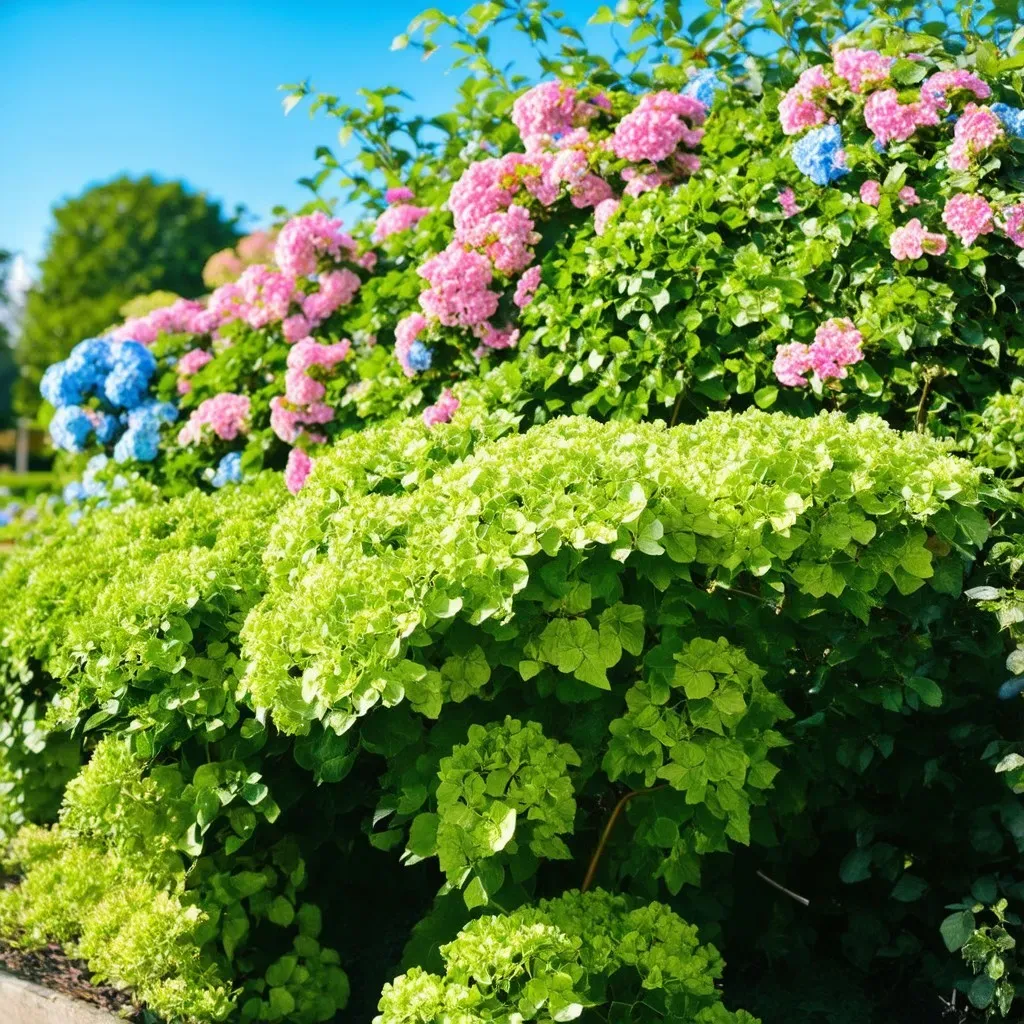Spring hydrangeas are a sight to behold when they start to bloom, transforming your garden into a vibrant display of color. To help your hydrangeas thrive and produce remarkable flowers, understanding the intricacies of spring Hydrangea Care is essential. This article delves into the best practices for planting hydrangeas in spring, along with crucial care techniques to ensure they reach their full potential.
Understanding Spring Hydrangea Growth
Hydrangeas are beloved for their stunning blooms which display a variety of colors depending on soil pH, sunlight, and species. In spring, these plants exit their dormant state and begin a period of vigorous growth, making it the perfect time to establish effective care routines. Proper spring care involves pruning, fertilizing, and watering—each element playing a significant role in the overall health of the shrub.
Facts About Hydrangeas
| Hydrangea Type | Bloom Time | Sun Requirements | Ideal Soil pH |
|---|---|---|---|
| Bigleaf (H. macrophylla) | Late spring to summer | Partial shade | 5.5 – 6.5 (acidic) |
| Oakleaf (H. quercifolia) | Late spring | Full sun to light shade | 5.5 – 6.5 (acidic) |
| Panicle (H. paniculata) | Summer to fall | Full sun | 5.0 – 6.0 (acidic) |
| Smooth (H. arborescens) | Summer | Full sun to light shade | 5.5 – 6.5 (acidic) |
Preparing Hydrangeas for Spring
As winter fades, it’s time to prepare your hydrangeas for a flourishing season ahead. Here’s how to care for hydrangeas in spring:
-
Pruning: To promote new growth, prune your hydrangeas early in spring before they start to bloom. Remove any dead, damaged, or weak stems to make way for robust new growth. Be cautious with bigleaf hydrangeas, as heavy pruning can reduce blooming for the season.

-
Fertilizing: Apply an all-purpose slow-release fertilizer when new buds are developing. Look for a balanced nutrient ratio (such as 10-10-10) to encourage healthy growth. This step is crucial for robust flowering.
-
Watering: Reestablish your watering routine, ensuring hydrangeas are watered regularly, particularly those in the sunlight or in pots. Aim for 1–2 inches of water weekly, adjusting based on weather conditions.
Spring Care Practices
Here are some additional care strategies that can significantly impact the vitality of your hydrangeas:
-
Mulching: After pruning and fertilizing, apply a layer of organic mulch around the base of your plants. This helps maintain soil moisture and suppress weeds.
-
Soil Check: Before planting hydrangeas in spring, ensure the soil is well-draining and rich in organic matter. Conduct a soil pH test if you’re experiencing issues with color.
-
Pest Management: Keep an eye out for pests typical in spring, like aphids and spider mites. Use organic pest control methods to prevent any diseases or infestations.
Hydrangeas in Early Spring
In early spring, hydrangeas exhibit distinct changes that can help you assess their health and readiness to bloom. This is the time to evaluate new shoots, leaf health, and overall vitality:
-
Signs of Healthy Hydrangeas:
- Vibrant green leaves starting to emerge.
- Strong, thick new stems.
- Buds forming well before frost is gone.

Common Questions About Spring Hydrangea Care
What should I do with my hydrangeas in the spring?
In the spring, focus on pruning, fertilizing, and ensuring regular watering. Assess plant health and prepare the soil if you plan to plant new hydrangeas.
How do I know if my hydrangeas need more water?
If the top 2–3 inches of soil feel dry, it’s time to water your hydrangeas. Be consistent, as insufficient water can result in wilting and stress.
Can I change the color of my hydrangea flowers?
Yes, adjusting the soil pH can influence the color of hydrangea blooms, particularly in bigleaf varieties. For blue flowers, aim for a more acidic soil; for pink, a more alkaline environment.
Choosing the Right Hydrangea
When selecting hydrangeas for your garden, it’s essential to choose varieties that suit your climate and desired aesthetic. Below are some popular options:
-
hydrangea macrophylla (Bigleaf): Known for large, fluffy flower heads, these are classic flowering shrubs that thrive in partial shade.
-
Hydrangea paniculata (Panicle): These hydrangeas feature cone-shaped blooms and are very tolerant of sunlight, making them ideal for brighter locations.
-
Hydrangea arborescens (Smooth): Often white and hearty, this type is perfect for those looking for robust blooms with minimal fuss.
-
Hydrangea quercifolia (Oakleaf): These provide stunning foliage color changes in the fall in addition to beautiful flowers in summer.
 types of hydrangeas">
types of hydrangeas">
Care Checklist for Spring Hydrangeas
| Task | Frequency | Best Time |
|---|---|---|
| Pruning | Once a year | Early spring |
| Fertilizing | Once per season | Just before/early spring |
| Watering | Weekly | Throughout the growing season |
| Mulching | Once a year | After fertilizing |
More Resources
For further information on maintaining your hydrangeas, consider visiting Epic Gardening for expert advice and detailed tips.
By following these guidelines for spring hydrangea care, you’ll set the stage for a spectacular bloom season. Embrace the beauty that your hydrangeas can bring to your garden and enjoy the lush landscape that awaits.


